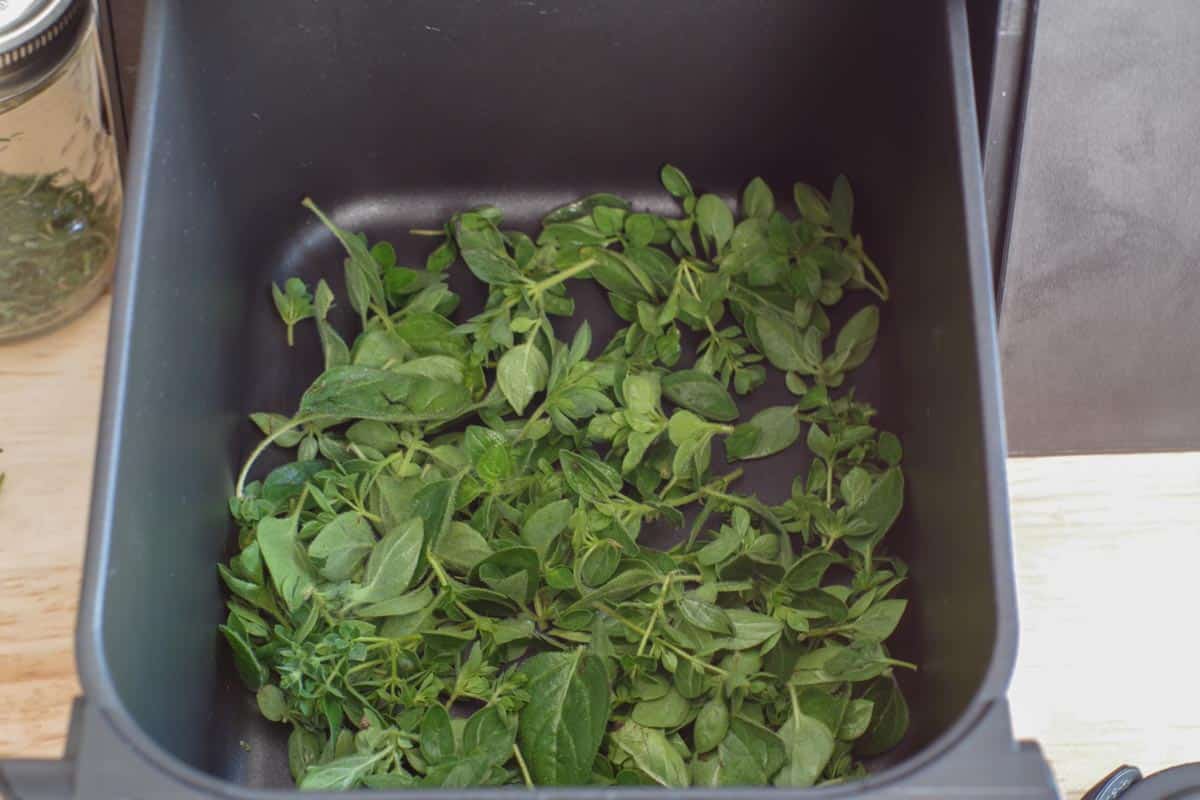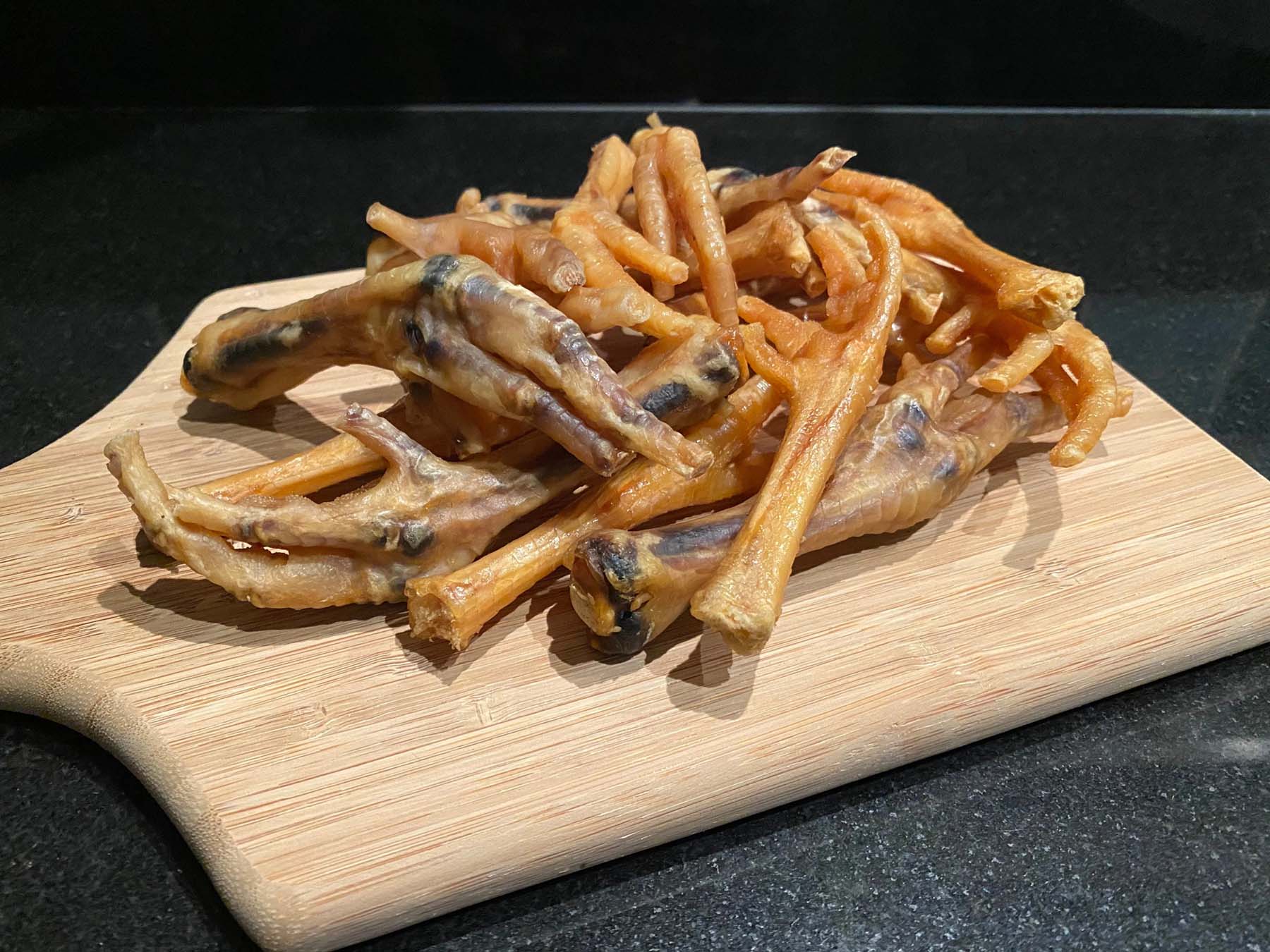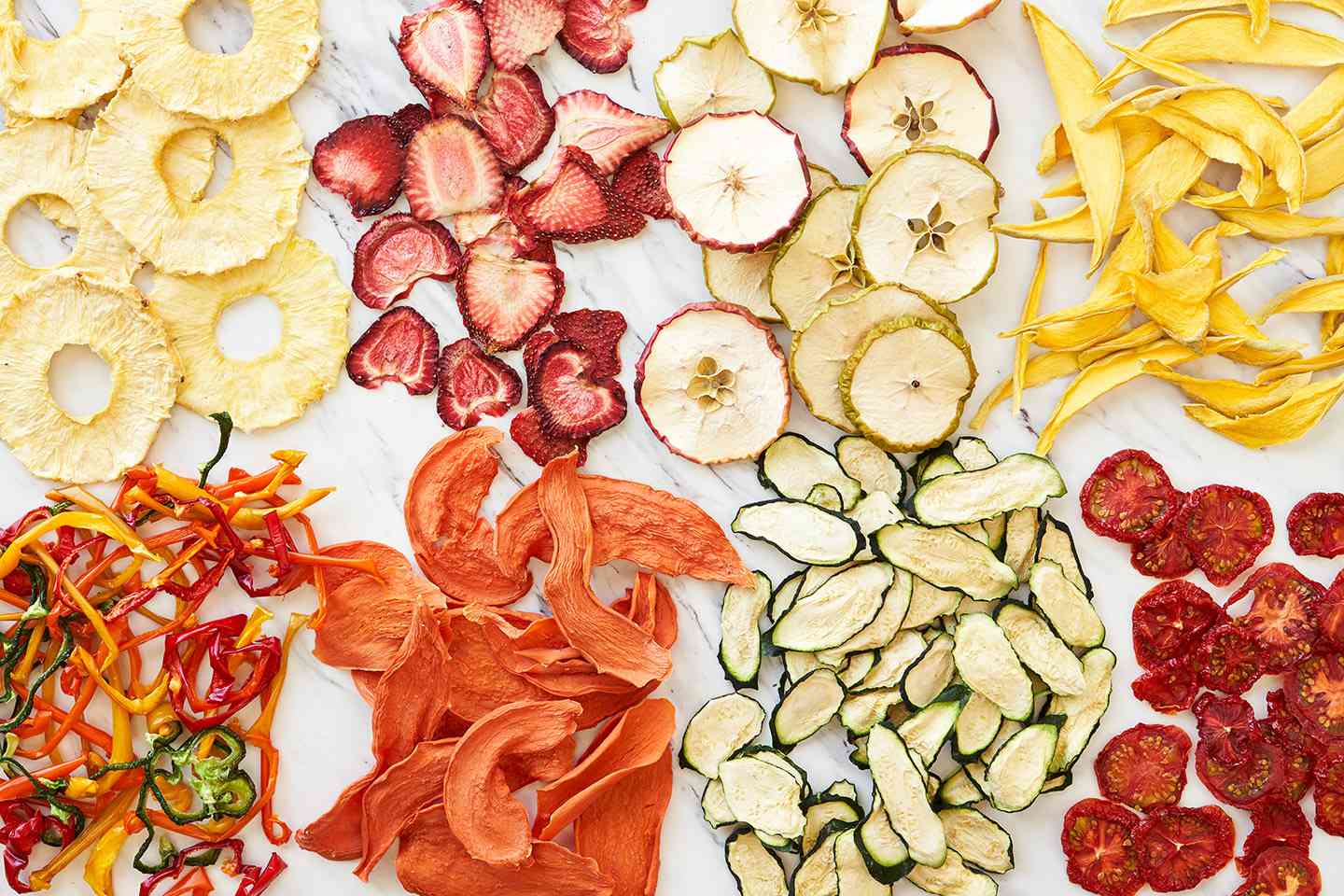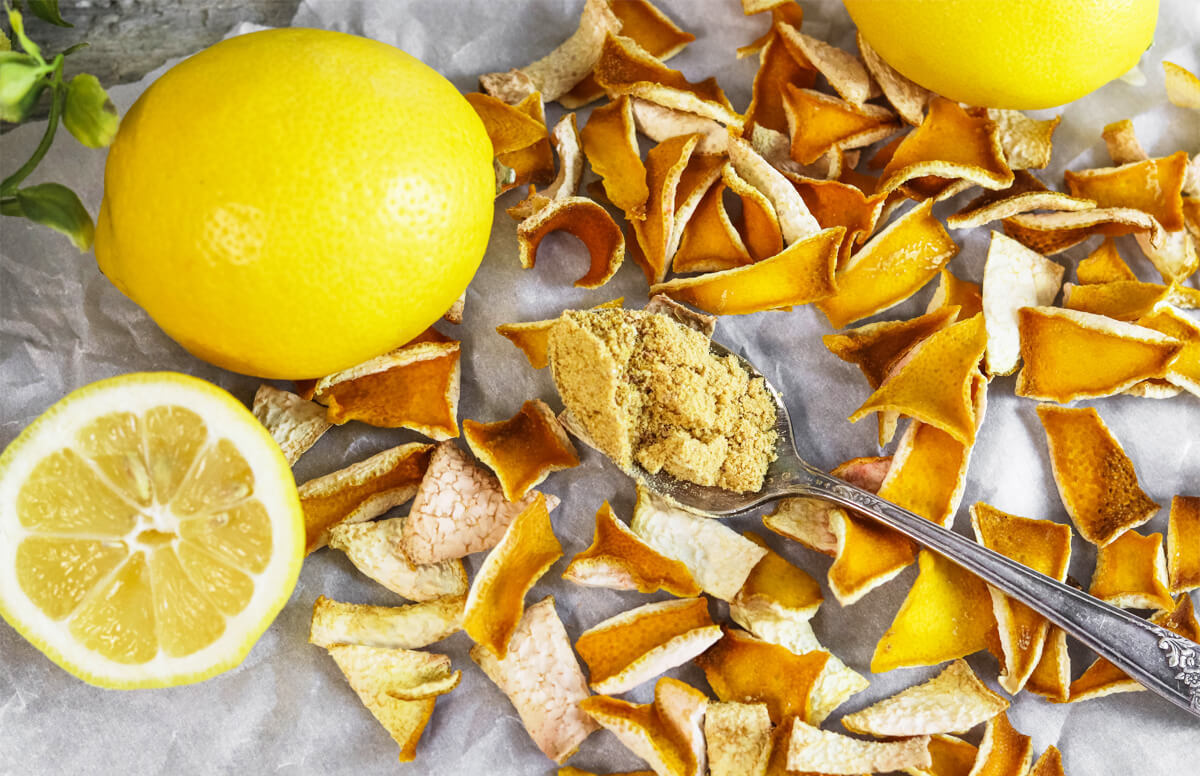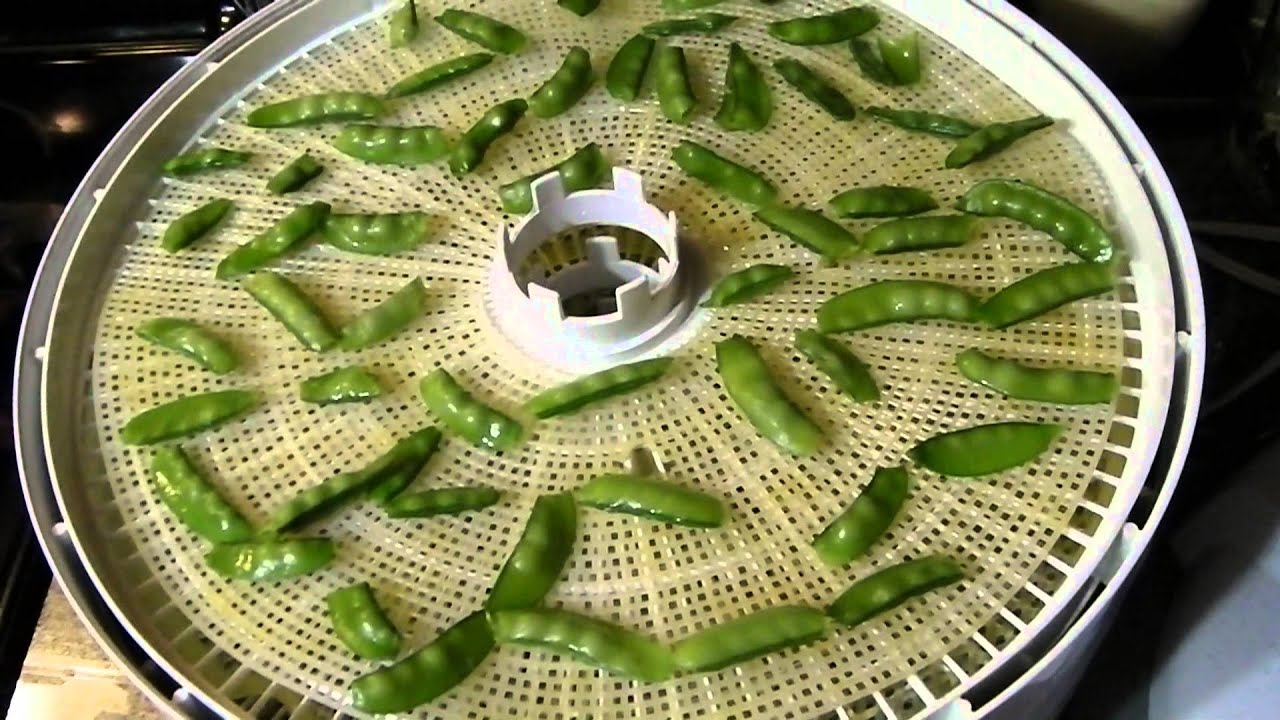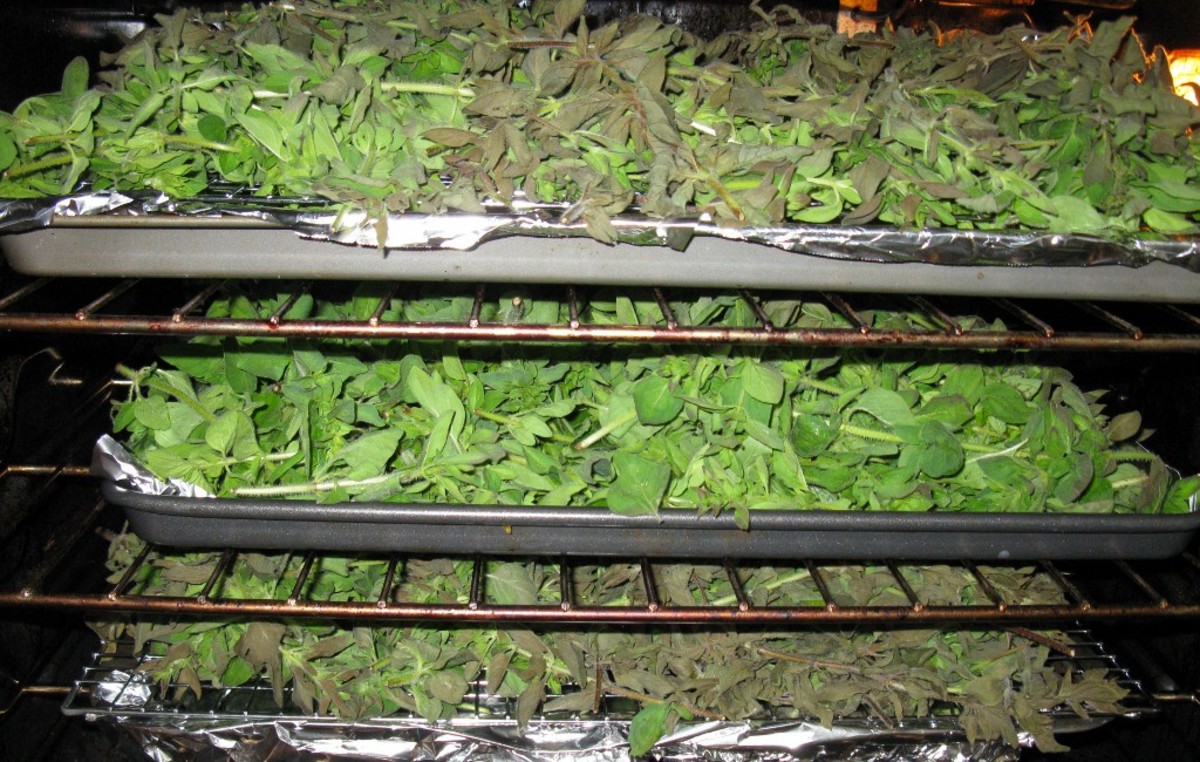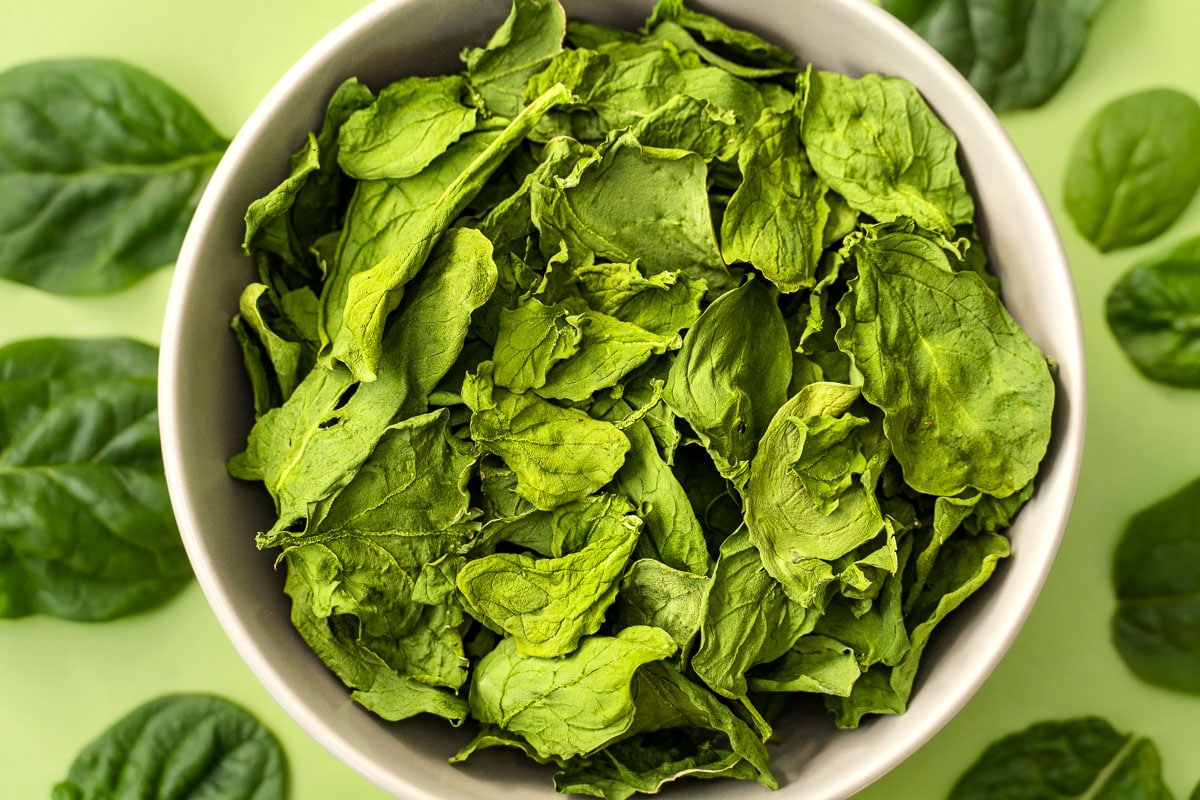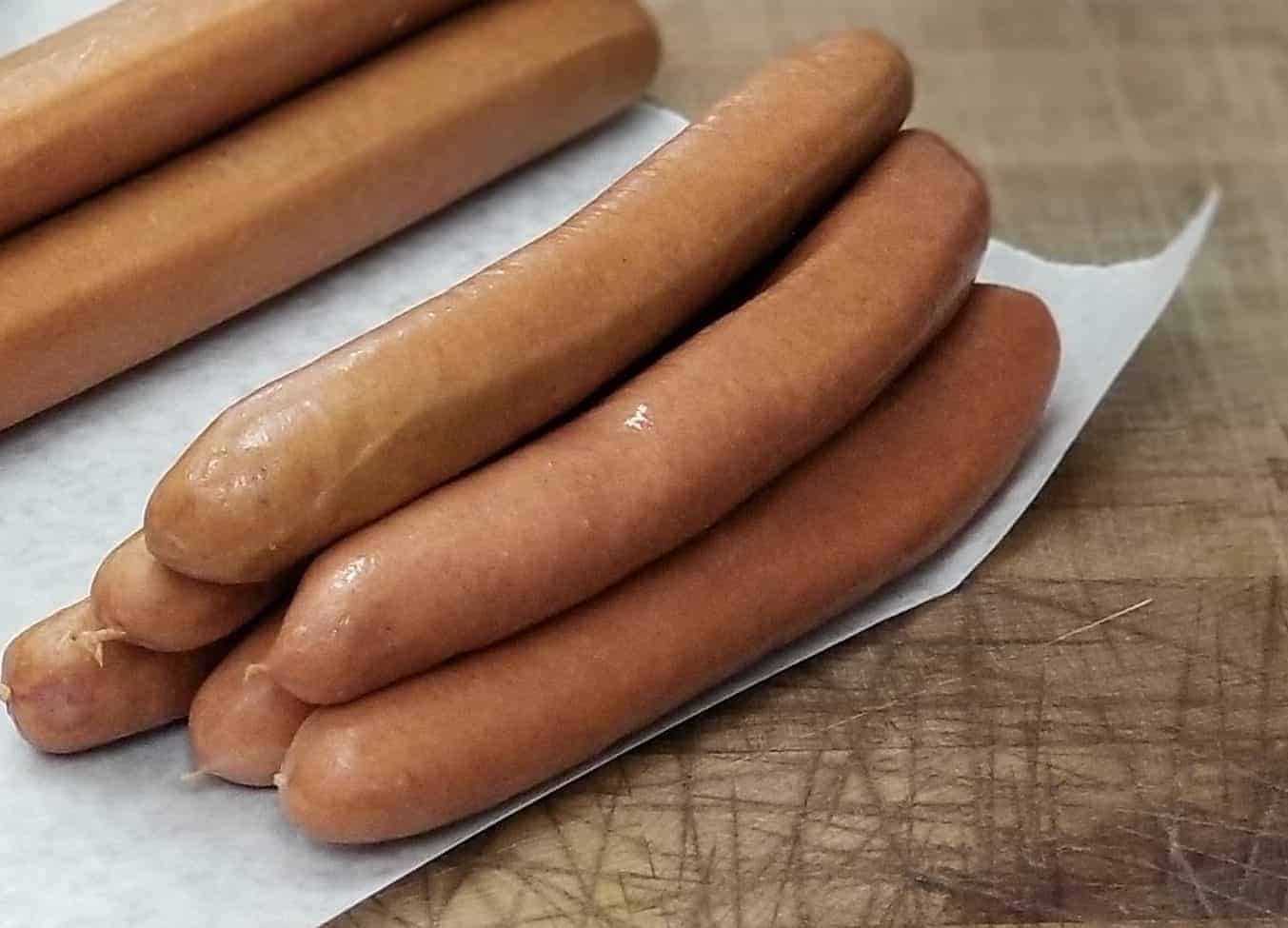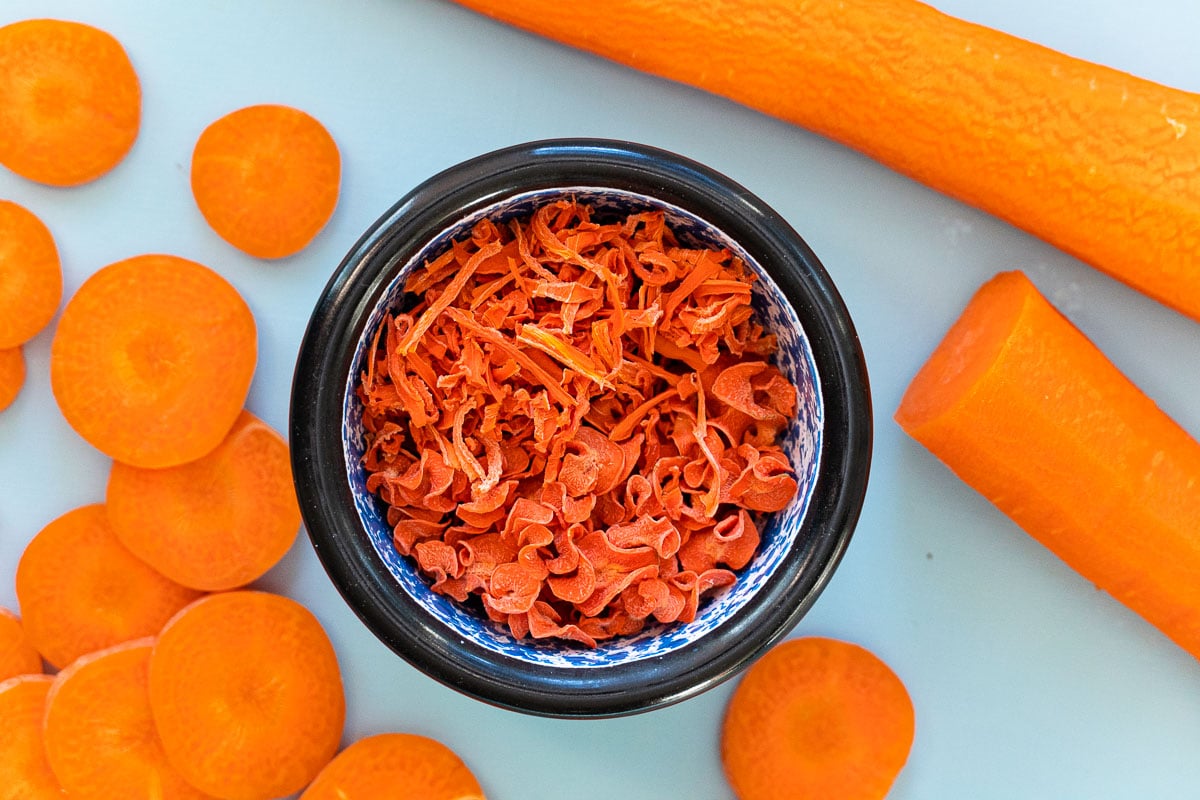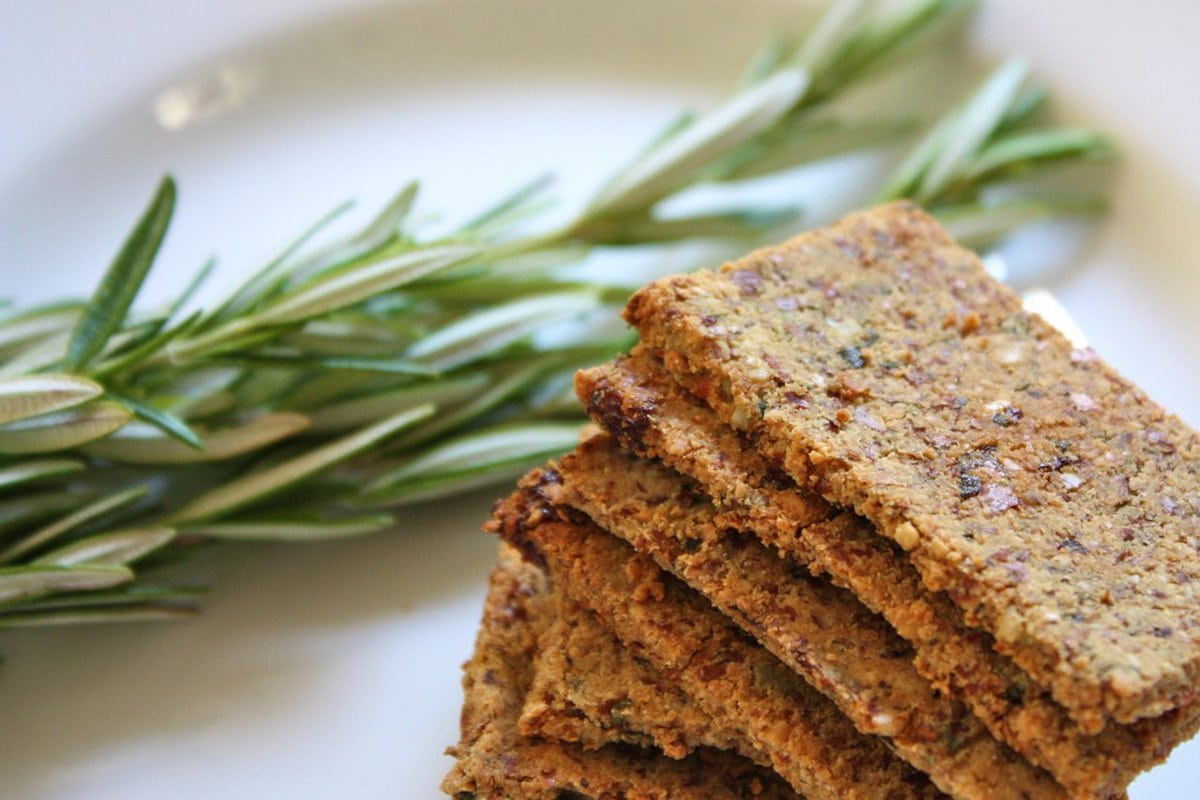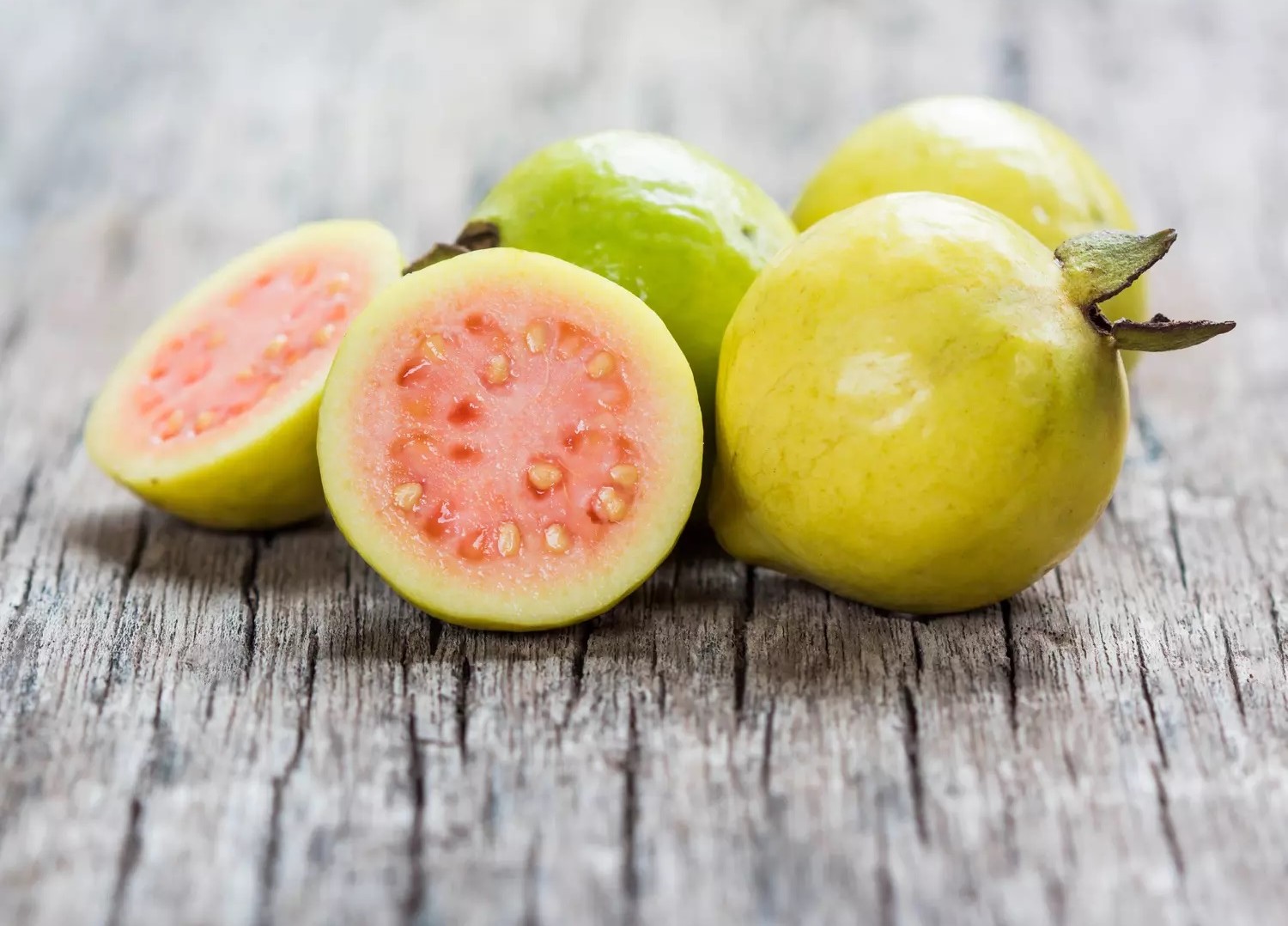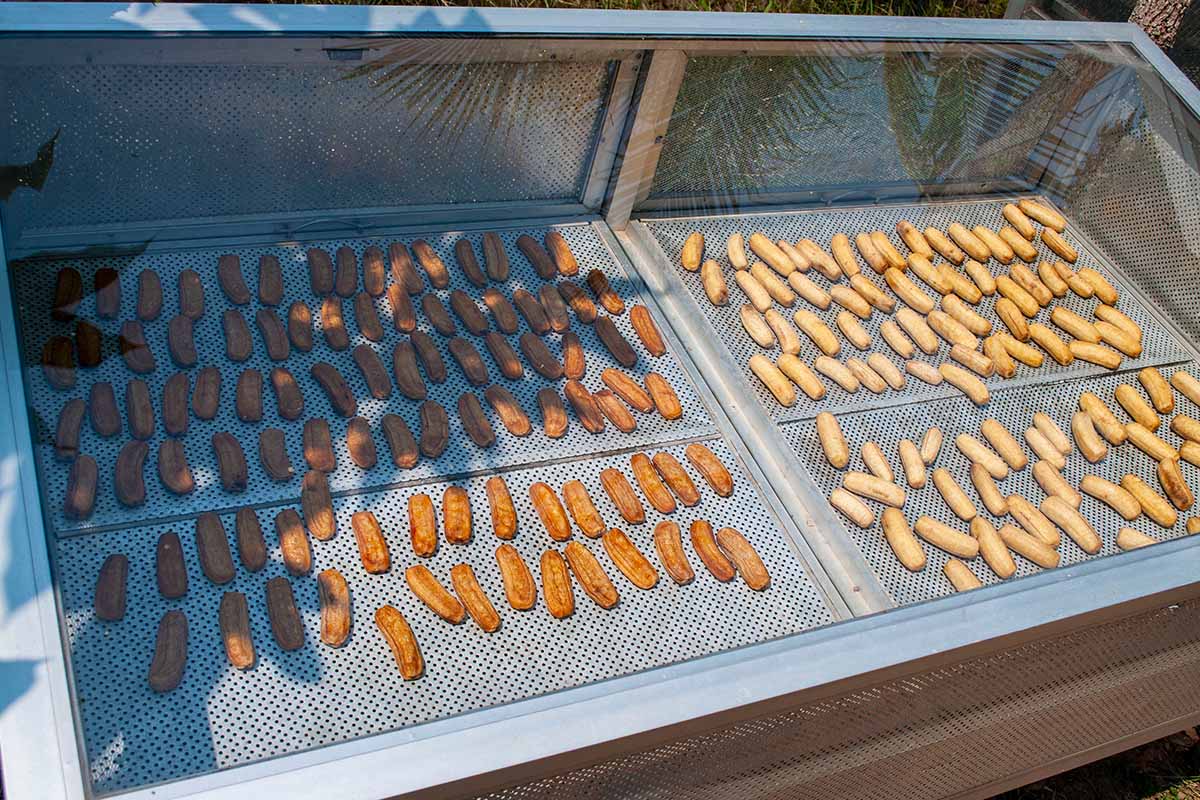Dehydrating Fresh Ginger in the Oven
Welcome to our guide on dehydrating fresh ginger in the oven. Ginger is a versatile and flavorful ingredient that can be used in a variety of dishes, and dehydrating it is a great way to preserve its flavor and shelf life. In this article, we’ll walk you through the simple steps to dehydrate fresh ginger in your oven, so you can enjoy its benefits for months to come.
Step 1: Selecting and Preparing the Ginger
When dehydrating ginger, it’s important to start with fresh, firm rhizomes. Look for ginger that is free from mold or wrinkles. Rinse the ginger under cold water to remove any dirt, and then peel the skin using a vegetable peeler or a spoon. Once peeled, thinly slice the ginger into uniform pieces. This will ensure even drying.
Step 2: Preheating the Oven
Preheat your oven to low heat, around 150°F to 170°F (65°C to 75°C). The low heat setting is essential for dehydrating ginger without cooking it.
Step 3: Arranging the Ginger Slices
Place the ginger slices in a single layer on a baking sheet lined with parchment paper. Make sure the slices do not overlap to ensure even drying. You can also use a wire rack on the baking sheet to allow for air circulation around the ginger slices.
Step 4: Dehydrating the Ginger
Once the oven is preheated and the ginger slices are arranged on the baking sheet, place the sheet in the oven. Keep the oven door slightly ajar to allow moisture to escape. Dehydrate the ginger for 2-3 hours, or until the slices are dry and brittle to the touch.
Step 5: Cooling and Storing
Once the ginger slices are dehydrated, remove the baking sheet from the oven and allow the slices to cool completely. Store the dehydrated ginger slices in an airtight container, away from direct sunlight and moisture. Properly stored, dehydrated ginger can last for up to six months.
Using Dehydrated Ginger
Dehydrated ginger can be rehydrated by soaking it in warm water for a few minutes before use. It can be added to soups, stews, stir-fries, and baked goods for a concentrated ginger flavor. You can also grind the dehydrated ginger into a powder to use as a spice in cooking and baking.
Conclusion
Dehydrating fresh ginger in the oven is a simple and effective way to preserve this flavorful ingredient for long-term use. By following the steps outlined in this guide, you can enjoy the benefits of dehydrated ginger in your culinary creations. So, next time you come across a fresh batch of ginger, consider dehydrating some for future use!
For those looking to make the most out of dehydrated ginger, there are a variety of recipes to try. One standout is the Ginger Chicken Marinade, perfect for adding a zesty kick to your poultry dishes. Another must-try is the Dehydrated Ginger and Honey Tea, a soothing beverage that showcases the depth of flavor in dehydrated ginger. For a sweet treat, consider the Dehydrated Ginger Spice Cookies, which offer a delightful crunch and spiciness. Lastly, the Ginger-Spiced Granola is an excellent way to start your day with a burst of ginger-infused goodness. These recipes not only highlight the versatility of dehydrated ginger but also provide delicious ways to incorporate it into everyday meals.
